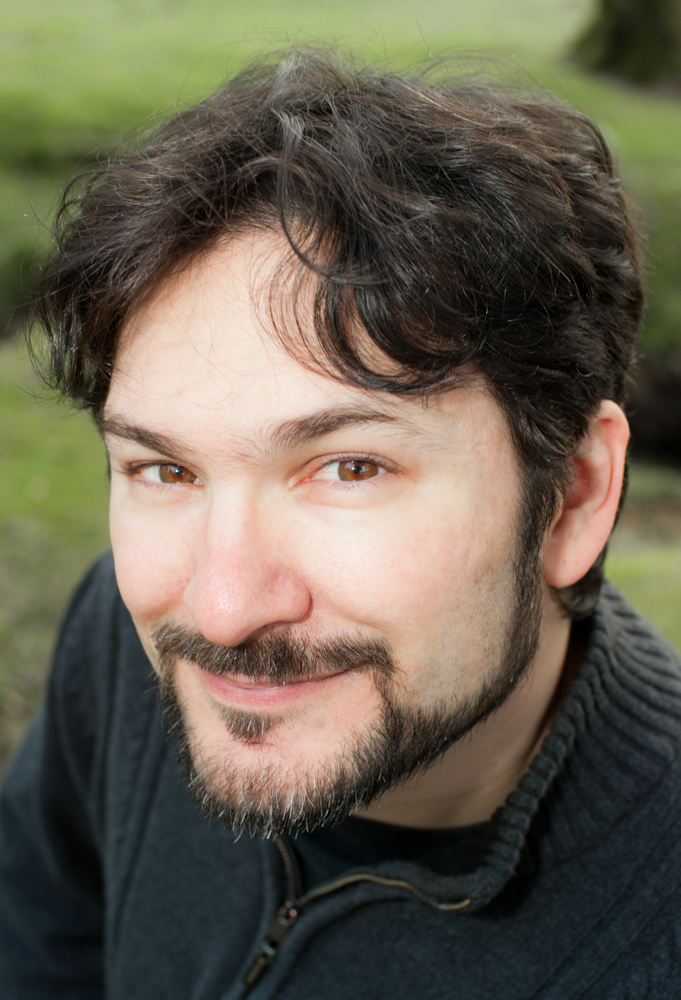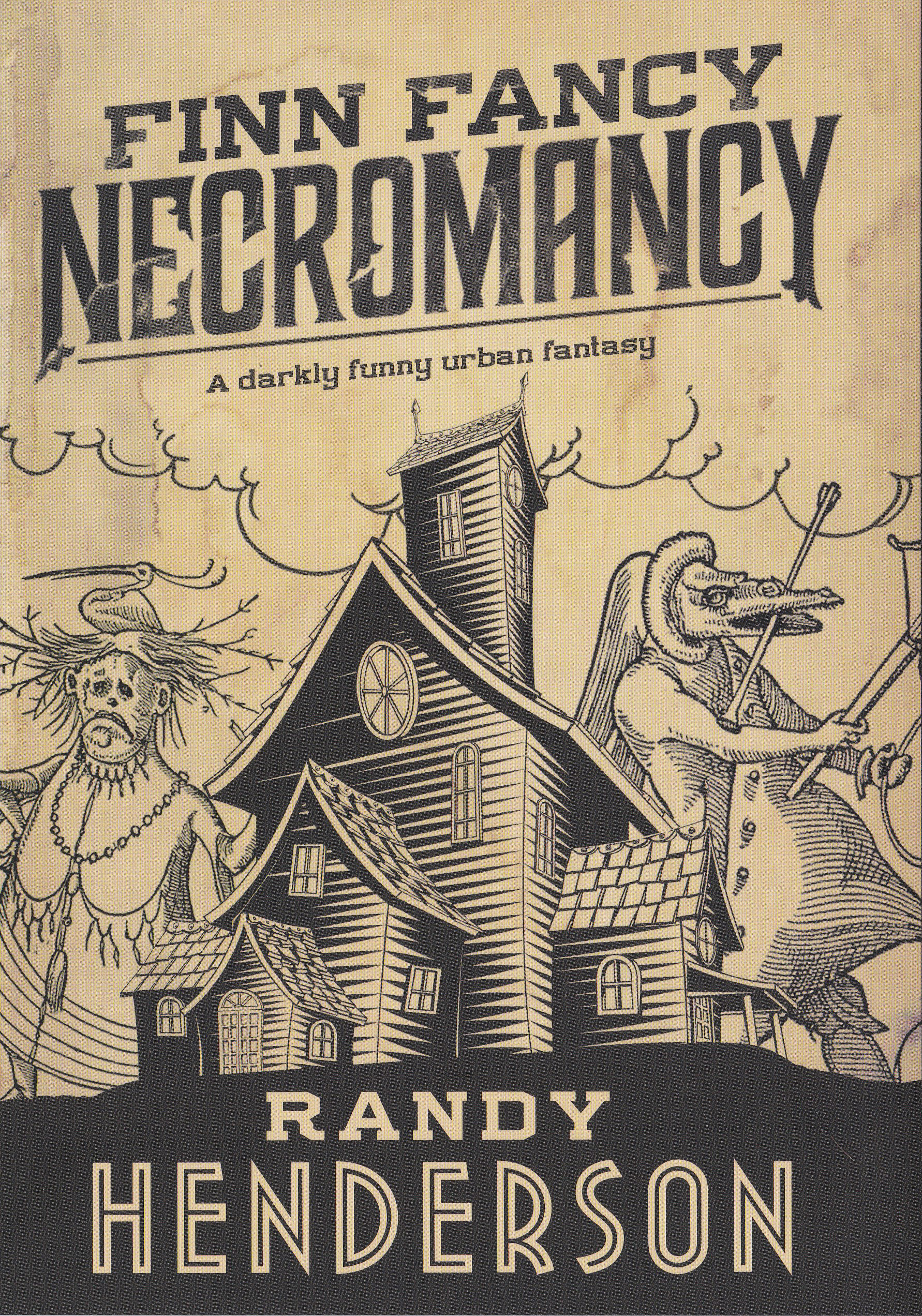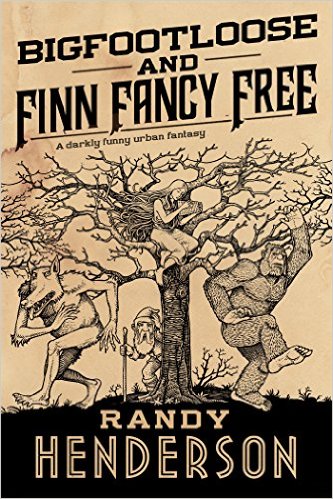You’ve got the first sentence to make someone want to read your first paragraph (and the first paragraph to make them read the first page, and the first page to make them read opening chapters).
Actually, you have the book or story title to get them to read the book/story description, then that description to get them to read the first line, but that’s a whole other discussion.
So what is the common wisdom on ways to a write story opening that grabs and engages your readers?
1) Writing an Opening Hook
- Your opening hook needs to flow naturally into the rest of the story, be true to it, match its tone and style, and not feel like a gimmick or a standalone bit of cleverness just to get the reader’s attention. It perfectly sets up the reader for the journey to follow.
- Ways to “hook” your readers include:
- Open with a shocking or funny statement or fact;
- Setting up a situation that leaves the reader with a question that they feel they just have to keep reading in order to get answered;
- Show the main character with a problem the reader wants to keep reading to find out more about and see resolved (more on this below);
- In general, connecting with the reader, grabbing their interest, and then rewarding that with an interesting and satisfying second sentence, then paragraph, etc. that flows naturally from that first hook.
Sometimes an opening line may be the thing that inspires the rest of your story to begin with.
If not, consider waiting until you’ve written your full first draft to go back and start massaging the opening line, as your entire opening may change to fit what you end up actually writing for your ending.
–
2) Engage Us with Your Dramatic Opening
- Start with a DRAMATIC scene with the character facing some kind of conflict or challenge in their normal life. Dramatic doesn’t mean soap opera, it just means characters are DOING and SAYING things they care about and have some kind of feeling about. Something is at stake for the character.
- Starting with “action” does not mean opening with a fight scene or chase scene etc it just means something is actually happening in the scene, it isn’t infodump etc
- Start in a riveting Now. Do not start with a flashback, or a dream, or them in the now but just sitting thinking about something that happened in the past, etc. Start with something happening now that the character cares about and by extension we care about.
- Start at the right point in the character’s story. Start in a compelling place, as close to the inciting incident as possible while giving us just enough time to meet the protagonists and understand their existing wants, goals, flaw etc before the fit hits the shan.
- You may need to write the whole story/ book before you can go back and really know where it starts. You may have done a bunch of “getting into the story and character” writing to start that will need to be cut. Or by the time you get to the end of the story or book you will know the character much better and the ending will have changed, and that will tell you the perfect opening to set us up your ending and the character’s path to it. Avoid rewriting the opening a hundred times before ever writing the ending.
- Start with a BRIDGING PROBLEM to carry you to the Big Problem. Since the inciting incident that reveals the Big Problem hasn’t happened yet (when the aliens invade or the dark lord sends his minions to kill the hero etc.) you may present some other challenge the character faces as part of their normal life, to bridge the gap until the Big Problem really starts.
- For Novels this might be the opening chapter(s). For short stories, this might be the opening paragraphs (though in very short stories might just open with the inciting incident and backfill the character details/ motives as the story unfolds).
–
3) Help Us Visualize/ Immerse Ourselves in the Story as Quickly as Possible
- Give us an idea ASAP who the active characters in the scene are. You do not need to fully describe them, just give us a quick establishing info so we can visualize who is in the scene, where the dialogue is coming from.
- Include dialogue but don’t Open with it. Ideally you should have some dialogue in the opening. Interactions (especially with tension) is extremely engaging and shows something actually happening. But don’t literally start with a line of dialogue before we even know who is speaking or what their situation is or why we should care. Don’t give us voices floating in a white void to start.
- Don’t introduce too many new characters too close together too early.
- Give us enough setting description so we are grounded in the scene and the characters are not in a white void/ Matrix loading program (or if they are floating in white void, describe that).
- Use setting to set context and mood and atmosphereof the scenes.
- Imagine a conversation between a mom and a daughter in an expensive restaurant at a members-only resort. The mom is telling the daughter she really should go to college and stop wasting her life. Now imagine the exact same conversation in a prison, with the daughter behind a bullet-proof plastic window. Now imagine it in a mine on an asteroid as they are performing hard and dangerous work. Imagine the conversation on a sunny day delivered in a light tone, versus on a day with dark, oppressive clouds as the mother speaks in a cold tone. Setting matters and is a character itself.
- Avoid dense paragraphs of description up front. No matter how interesting the history of this world or context of this scene etc just describing it is not very engaging reading.
- Thread the description of characters and setting in through the dialogue and action as much as possible. Don’t give paragraphs of description of the history of the mage guild and the war that established their rule of the city and Captain Jarvin’s history with all of that. Instead: City Watch captain Jarvin Nevill strode the length of the supposedly impenetrable vault, the clomp of his boots and swishing of his chain shirt echoing off the stone walls of the empty space that had been filled with the Mage Guild’s wealth and most dangerous artifacts only hours earlier. “Well damn,” he said to the scowling greybeard in blue guild robes watching from the vault entrance. “This must be embarrassing, hey?”
- Avoid throwing the reader out of the story, make the prose accessible at the start.
Avoid overly experimental styles or tons of unexplained terms or complicated puzzles that stump the reader etc right up front. If your reader feels confused, frustrated or made to feel stupid they won’t continue reading. Ease them in. You can surprise the reader and do something unique to your style or world or story, just don’t confuse them.
–
4) Set the Reader’s Expectations for the Rest of the Book
- Give clues to the genre/subgenre. Is it second-world fantasy, or historical fantasy, or cyberpunk, or space opera, or horror, or sci-fantasy, etc
- Establish Tone and Voice (is it dark or humorous or darkly humorous, is it in a voice of high regency literary prose and formal speech or in the voice of a common uneducated street thief, etc)
- Use setting and character details to help establish reader expectations for the story’s era, level of technology and magic, what is normal vs strange, etc.
- Setting details, character clothes and props, the way characters speak and behave, etc. all help to establish things like:
- The general era or equivalent (ancient, medieval, Regency, current, future, etc);
- Is it our world (past, present or future), or alien planet, or a fantastical other world/reality etc;
- the general type and level of technology or magic (is it steampunk, or high medieval fantasy, or cyberpunk, or space opera etc. How common is the special magic or tech, how is it viewed, etc.)
- What perspective we are coming at the story from (if fantasy, is your character moving in the circles of nobles, or of street thieves? Etc.)
- Setting details, character clothes and props, the way characters speak and behave, etc. all help to establish things like:
–
–
DIGGING DEEPER INTO THE OPENING OF YOUR CHARACTER ARC
5) Choosing the Problem Your Character Faces in the Opening (Want/Need/Flaw Of Character Arc)
- The dramatic paragraph, scene, chapter etc you open with that establishes a character’s normal life shows them striving for their WANT (the thing they think will make them happy) but failing because of their FLAW, which hints at what they NEED in order to actually be happy (and if they achieve victory over the Big Problem by the end of your story it is often driven by finally acknowledging and addressing their Need).
- A WANT is what the character desires and could maybe obtain, but they won’t do what’s needed to get it, or try but fail, because what they actually “need” is different and is holding them back.
- Chasing their “want” is often an attempt to mask the pain of the need or to avoid acknowledging the need.
- A NEED is subconscious, something they lack but aren’t aware of or are in denial about. They will never be fully happy until addressing it, yet they resist facing it or changing until forced to by the events of your story, by the growing costs of not facing it.
- Need examples are: self-acceptance/love; ability to trust others or themself; redemption, or atonement, or accepting blame, or forgiving oneself for something; forgiving others; accepting an unwanted duty; or overcome greed or selfishness to be selfless, altruistic or heroic.
- The need is usually driven by a WOUND or FLAW, and is often caused by some earlier event or experience that is traumatic, or abusive, or guilt-inducing, and manifests in the character’s life. When we meet your character at the start, why would we think “Wow, this person has deeper issues and could use a good therapy session if they ever want to be truly happy.”
- A WANT is what the character desires and could maybe obtain, but they won’t do what’s needed to get it, or try but fail, because what they actually “need” is different and is holding them back.
- Example: If the character is unable to trust others, we must SEE that flaw dominating their life. They have a chance at something good but blow it because they don’t trust someone. And show it in multiple facets of their life if possible. How does it affect their work to not trust people? How does it affect their family or love life?
- And you can have a secondary character outright mention the character’s need in some subtle way, e.g. offer a bit of advice or express concern about their flaw, to set that seed in the reader’s mind, even though the protag will brush it off and be in denial at this stage of the story.
- Avoid cliché’ characters and character traits (the hard boiled detective, the mad scientist, the sultry seductress) unless you are subverting or flipping the trope in some way.
- The problem the character faces can also reveal a lot about the setting and world we are in.
–
6) After We Meet the Main Characters, the Inciting Incident/ Catalyst for Change (And For Reader To Want More)
- The Big Problem presents itself in an Inciting Incident: After establishing the characters and their normal world, external events (the plot) happen that upend that normal world – the Inciting Incident (aliens invade; person is suddenly exposed to the world of magic and is in immediate danger; person stumbles upon a conspiracy and flees from assassins, etc)
- The Big Problem should be something that forces your character out of their normal life and makes the reader question how the character will be able to recover from it.
- Show your character resenting or questioning or in denial about the need to do anything about it, knowing that taking action might require uncomfortable change; or if they obviously have no choice, show them questioning their readiness and ability to deal with it, and trying to prepare themselves as a means of externally reflecting their inner doubts. Or you can have them confidently attempt to solve the problem right away if that reflects their flaw.
- The character makes a first attempt to solve or avoid the problem, but they fail. They are trying to get back to pursuing their previous way of life, to chasing their Want. They try to solve or avoid/escape the Big Problem the way they’ve already been dealing with their Bridging Problem and most problems in life, and are undermined or driven by the same Wound/Flaw, so they fail. They have not yet been changed enough by the events of the story to be the person to actually help solve the problem.
- We are propelled into the story as promised in the query/ on the back of the book, the adventure/ struggle that will make the agent/ editor/ reader want to keep reading and want the rest of the book if they don’t already have it.
–
FINAL THOUGHTS
Practice
- When you read, look for opening lines that “hook” you.
- You might also try writing a “first sentence a day” as an exercise or way to kick off your writing session, or when you are in a rut. Some of them might just grow into full stories or articles.
Famous First Lines
“Last night I dreamt I went to Manderley again.” Rebecca by Daphne du Maurier
“We were somewhere around Barstow, on the edge of the desert, when the drugs began to take hold.” Fear And Loathing In Las Vegas by Hunter S Thompson
“Once there was a giving tree, and she loved a little boy.” – The Giving Tree by Shel Silverstien
“In a hole in the ground there lived a hobbit. Not a nasty, dirty, wet hole, filled with the ends of worms and an oozy smell, nor yet a dry, bare, sandy hole with nothing in it to sit down on or to eat: it was a hobbit-hole, and that means comfort.” The Hobbit by J.R.R. Tolkien
“As Gregor Samsa awoke one morning from uneasy dreams, he found himself transformed in his bed into a gigantic insect.” The Metamorphosis by Kafka
–
Dig Deeper into this Subject
The following books go deeper into much of the information shared here:
- “The First Five Pages” by Noah Lukeman
- “Beginnings, Middles, & Ends” by Nancy Kress
- Save the Cat: Writes a Novel by Jessica Brody











